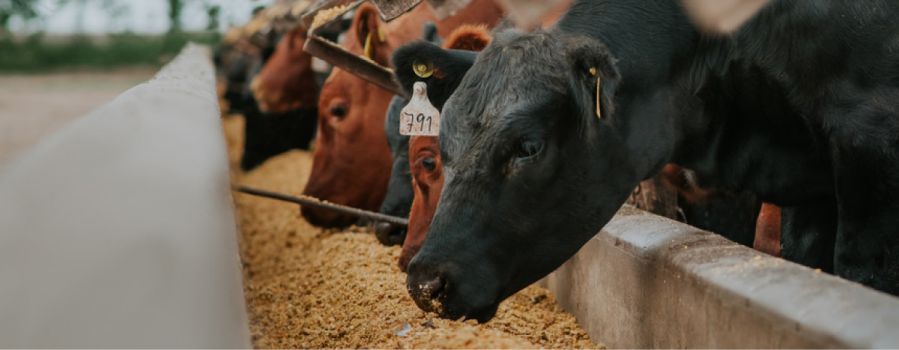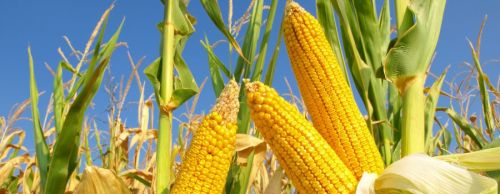
Livestock Risk Protection Coverage
With record high prices for cattle along with the high costs of calves and feeders, now is a good time to consider Livestock Risk Protection (LRP). Livestock Risk Protection is an insurance product designed to provide protection against unexpected future declines in the market value of cattle and swine. Market values are determined by Chicago Mercantile Exchange (CME) or the Agricultural Marketing Service (AMS), not by local markets.
Covered animals include feeder cattle, such as steers, heifers, Braham, and dairy, as well as fat cattle and swine.
This product is federally subsidized with subsidy levels ranging from 35% up to 55% depending on coverage levels. Subsidies are only available as long as an AD-1026 form is properly filed with your local FSA office.
Coverage levels range from 70-100% of the market values. Coverage lengths range from 13 weeks to 52 weeks.
LRP coverage sales are typically offered every market trading day, beginning shortly after market close and run until 8:25 am CT the following morning.
An example of LRP for a farmer may be a farmer purchases a group of feeder cattle to finish out as fat cattle at 1500 pounds, which may take a year (52 weeks). The market value in 52 weeks in this example is $227.57/cwt. The farmer can buy a 52-week fat cattle endorsement to protect 100% of that price (setting a floor) for a cost of $10.97/cwt. If the market price drops below $227.57/cwt, then the farmer is paid an indemnity. If the market price settles above $227.57/cwt, the farmer should enjoy a higher market price for the steers.
Remember this insurance product does not cover death loss. It only covers the unexpected drop in market value if the farmer owns, raises, and brings the steer to market. Again, the market price is based on the AMS for fat cattle.
For more information on LRP, please contact SFB Insurance Relationship Managers Mark Chilson or Jody Ausen.
Insurance products offered are: not a deposit, not insured by the FDIC or any federal government agency, not guaranteed by any financial institution, may lose value.



